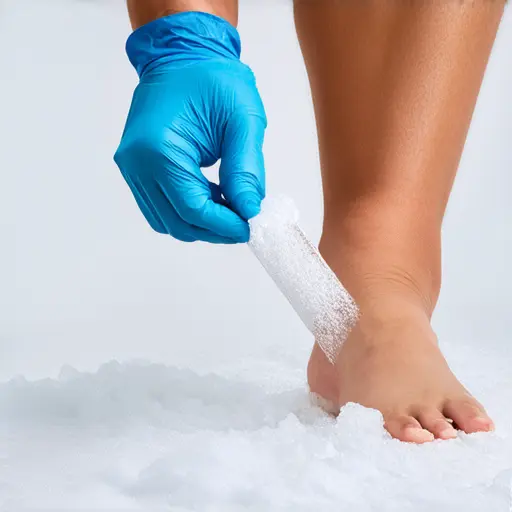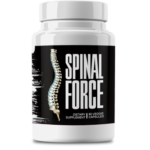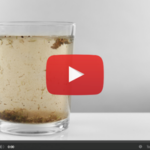This Village-Made Chinese Pain Reliever Eliminates Back And Joint Pain!
How to Prevent Pain Below Knee Cap Above Shin for Good

Knee Pain Relief: How to Stop That Annoying Ache Below Your Kneecap
That nagging pain just below your kneecap - the one that flares up when you climb stairs or after a long day on your feet - can really throw a wrench in your daily life. Whether you're a marathon runner, a pickup basketball player, or just someone who stands all day at work, this type of knee pain doesn't discriminate. The good news? You're not stuck with it forever. In this guide, we'll walk through everything you need to know about pain below the knee cap and above the shin - from why it happens to how you can kick it to the curb for good.
What's Really Causing That Pain Under Your Kneecap?
Before we fix it, let's understand it. That specific ache in the front of your knee (doctors call it anterior knee pain) can come from several different sources. Knowing which one you're dealing with is half the battle.
Common Culprits Behind the Pain
Here are the usual suspects when it comes to this type of knee pain:
- Jumper's Knee (Patellar Tendinitis): That tendon connecting your kneecap to your shin gets angry from overuse - common in sports with lots of jumping.
- Osgood-Schlatter Disease: Mostly a teen problem where the growth plate gets irritated during growth spurts.
- Shin Splints That Creep Upward: Usually lower down, but sometimes the pain can sneak up toward the knee.
- Bursitis: Those little fluid-filled cushions around your knee joint get inflamed.
- Muscle Drama: Weak quads or tight hamstrings throwing off your knee mechanics.
Signs You Shouldn't Ignore
How do you know if it's serious? Watch for:
- Tenderness when you press just below the kneecap
- Pain that says "hello" every time you run or jump
- That stiff, creaky feeling after sitting too long
- A sharp "ouch" when pressure hits the sweet spot
How This Pain Plays Different
Unlike general knee arthritis, this pain is like that one neighbor who always complains about specific things. With patellar tendinitis, it hurts when you straighten your knee against resistance. Osgood-Schlatter? You'll feel it right on that bony bump on your shin.
Why You? Understanding Your Risk Factors
Some people seem more prone to this pain than others. Here's why that might be:
The Overdo It Club
If your sport involves lots of jumping (basketball, volleyball) or pounding pavement (running), your knees take the hit. Even ramping up your workout intensity too fast can trigger problems.
When Your Body Mechanics Work Against You
Flat feet? Weak glutes? Tight IT band? Any of these can put your kneecap on a bad path, stressing that tendon unnecessarily.
Age and Injury History Matter
Teens get Osgood-Schlatter during growth spurts. Adults with past knee injuries might develop chronic tendon issues. And as we age, our tendons aren't as stretchy as they used to be.
Getting to the Bottom of Your Knee Pain
Proper diagnosis means proper treatment. Here's what that process looks like.
When to Call in the Pros
Time to see a doctor if:
- The pain's been your unwanted companion for over 2 weeks
- Swelling or redness is getting worse, not better
- Your knee starts giving out or locking up
What the Doc Might Do
They could use:
- X-rays: To check for bone issues
- MRI/Ultrasound: For a closer look at soft tissues
- Hands-on Tests: Like having you straighten your knee against resistance
DIY Check You Can Try
Press gently below your kneecap while slowly straightening your leg. More pain? Probably patellar tendinitis.
Home Remedies That Actually Work
For mild cases, these at-home fixes can make a big difference.
The Classic RICE Method
Your first line of defense:
- Rest: Give it a break from what hurts it for a few days
- Ice: 15-20 minutes on, couple hours off
- Compression: A knee sleeve can help with swelling
- Elevation: Prop it up when you're sitting
Stretches and Strengtheners
Focus on:
- Calf Stretches: Tight calves affect everything up the chain
- Quad Stretches: Takes pressure off that tendon
- Glute Bridges: Stronger hips mean happier knees
Topical and Oral Helpers
Anti-inflammatory gels can ease the ache. Supplements like turmeric might help with long-term inflammation.
Smart Exercises for Prevention and Relief
The right movements can bulletproof your knees against future pain.
Building Stronger Thighs
Try these:
- Straight Leg Raises: Simple but effective for quads
- Wall Sits: Like a squat without the joint stress
Kinder Cardio Alternatives
Give your knees a break with:
- Swimming (zero impact)
- Cycling (just adjust that seat height)
- The elliptical machine
Flexibility Is Key
Yoga poses like Child's Pose or Reclining Hand-to-Big-Toe can work wonders for knee and hip mobility.
When Home Care Isn't Enough: Professional Help
Sometimes you need to bring in the big guns.
Physical Therapy Magic
A good PT can design a program with special exercises (like slow, controlled squats) to rebuild tendon strength.
Medication Options
These might include:
- Anti-inflammatory pills (short-term use)
- Steroid shots for bad inflammation
- PRP therapy (using your own blood to heal)
Surgery: The Last Resort
Only for severe cases where nothing else works, like complete tendon tears.
Keeping the Pain Away for Good
Prevention is always better than cure. Here's how to stay pain-free.
Shoes Matter More Than You Think
Invest in good footwear with proper support. Custom orthotics can be game-changers if you have foot issues.
Pace Yourself
Follow the 10% rule: Never increase your workout intensity or duration by more than 10% per week.
Feed Your Joints
Anti-inflammatory foods (think salmon, leafy greens) and staying hydrated keep your cartilage happy.
Wrapping It Up
The Bottom Line
Pain below the knee cap is often manageable with the right approach. The key? Catch it early and be consistent with your care.
Your Knees Deserve Love
They carry you through life - treat them well! Listen to your body, keep them strong and flexible, and don't tough out persistent pain. If it's not getting better, a specialist can help tailor a plan just for you.
Been through this knee pain rodeo before? Drop your experiences or questions in the comments - let's help each other out!








